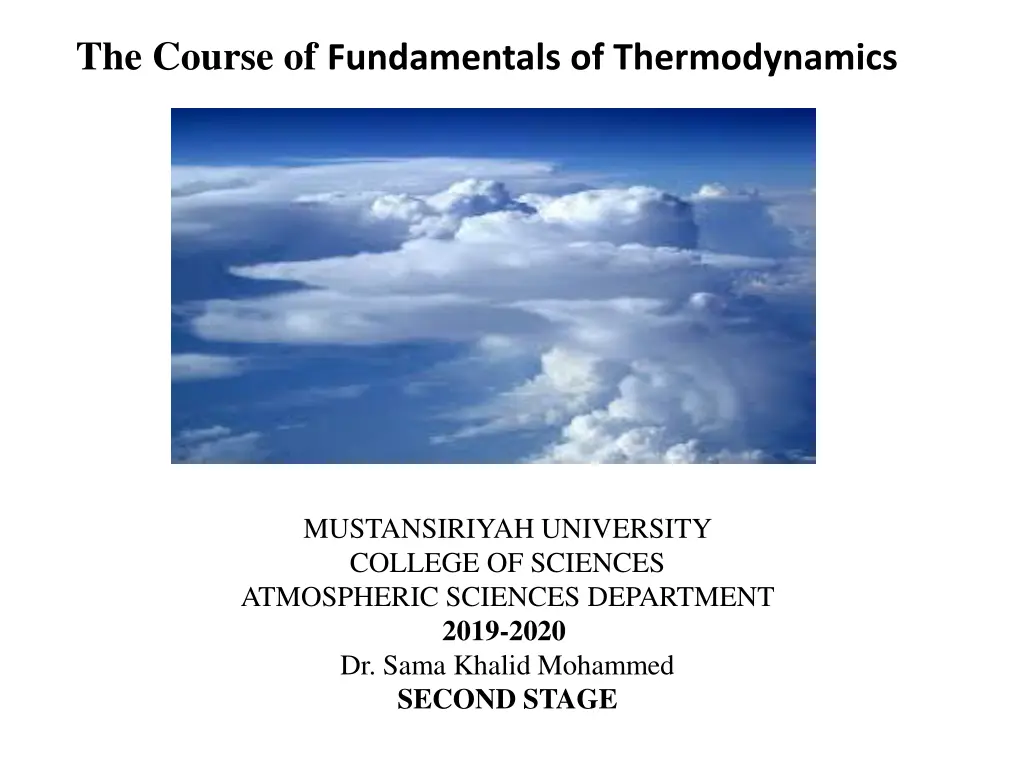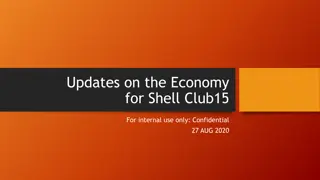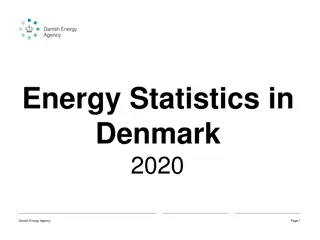
Understanding Fundamentals of Thermodynamics and Thermodynamic Variables
Explore the course of fundamentals of thermodynamics at Mustansiriya University College of Sciences, covering topics such as thermodynamic variables, heat and work, laws of thermodynamics, temperature scales, pressure, and density. Gain insights into the concepts of temperature, pressure, and density in the context of thermodynamics. Join Dr. Sama Khalid Mohammed in this enlightening journey through the second stage of atmospheric sciences department.
Download Presentation

Please find below an Image/Link to download the presentation.
The content on the website is provided AS IS for your information and personal use only. It may not be sold, licensed, or shared on other websites without obtaining consent from the author. If you encounter any issues during the download, it is possible that the publisher has removed the file from their server.
You are allowed to download the files provided on this website for personal or commercial use, subject to the condition that they are used lawfully. All files are the property of their respective owners.
The content on the website is provided AS IS for your information and personal use only. It may not be sold, licensed, or shared on other websites without obtaining consent from the author.
E N D
Presentation Transcript
The Course of Fundamentals of Thermodynamics MUSTANSIRIYAH UNIVERSITY COLLEGE OF SCIENCES ATMOSPHERIC SCIENCES DEPARTMENT 2019-2020 Dr. Sama Khalid Mohammed SECOND STAGE
Welcome Students In The Welcome Students In The New Course New Course and In The and In The Third Lecture Third Lecture
This lecture including the following items Thermodynamic variables Heat and Work The laws of thermodynamics The first law of thermodynamics p-v work.
THERMODYNAMIC VARIABLES Consider a volume of gas in a closed cylinder with a piston, in this way we can control certain properties of the gas, such as its volume or temperature, and perform experiments on it. At the macroscopic level, the gas has some familiar properties: volume V (units: m3) mass M (units: kg) density = M/V (units: kgm 3) temperature T (units: K, Kelvin) pressure p (units: Pa = Nm 2, Pascal) The gas is made up of molecules with individual mass M1, so the total mass of gas M is equal to M = n , where n is the number of moles is the molar mass , = NA M1, NA is Avogadro number
Temperature In microscopic level, temperature measures the average kinetic energy of its atoms as they move. In macroscopic level, it a physical property of a system that underlies the common notions of hot and cold.
Temperature scales boiling water mixture of water and ice Celsius (Centigrade) Fahrenheit 100 C 0 C 212 F 32 F = + o 32 T T F 9 o Fahrenheit temperature (F) o 5 F C + = 273 15 . T o T Absolute temperature (Kelvin) k C
Pressure Force F acting on unit area due to the weight of the atmosphere Pressure is the force a gas exerts on its bounding walls per unit area. This does not mean that gas only has a pressure defined at the bounding walls: the internal pressure of a gas can in principle be measured by inserting some probe and measuring the force per unit area on the probe. Wall of a container Pressure and temperature do not correspond to a property of individual molecules. They are bulk properties that can only be defined as a statistical property of a large number of molecules.
Heat and Work Heat and work are modes of transfer of energy and not energy itself. Heat and work are two different ways of transferring energy from one system to another. Heat is the transfer of thermal energy between systems, while work is the transfer of mechanical energy between two systems Once inside the system, it does not matter how the energy entered the system* (i.e. work and heat are terms associated with the surrounding and once inside the system there is no memory of how the input was received and the energy is stored as potential energy (PE) and kinetic energy (KE). This energy can be withdrawn as work or heat from the system.
Work & Heat Work (W) in mechanics is displacement (d) against a resisting force (F). W = F d (in units of Joule, J (units of energy)) Work can be expansion work (P V), electrical work, magnetic work etc. Maximum work will be done if the compression (or expansion) is carried out in a reversible manner. Work is coordinated flow of matter. Lowering of a weight can do work Motion of piston can do work Flow of electrons in conductor can do work.
Work & Heat Heat is NOT a form of energy; it is a mode of transfer of energy . The transfer is done due to temperature difference Bodies contain internal energy and notheat (nor work!). Heat involves random motion of matter Like gas molecules in a gas cylinder Water molecules in a cup of water Atoms vibrating in a block of Cu.
Heat and work each have their own distinct properties, and they differ in how they affect a system. These are listed and compared below Work (W) Heat (Q) Interaction Mechanical Thermal Requires Force and Displacement Temperature difference Macroscopic pushes and pulls Process Microscopic collisions Q > 0 when the environment is at a higher temperature than the system. Energy is transferred into system. W > 0 when a gas is compressed. Energy is transferred into system. Positive value Q < 0 when the system is at a higher temperature than the environment. Energy is transferred out of system. W < 0 when a gas expands. Energy is transferred out of system. Negative value A system is in mechanical equilibrium when there is no net force or torque on it. A system is in thermal equilibrium when it is at the same temperature as the environment. Equilibrium
THE LAWS OF THERMODYNAMICS The four laws of thermodynamics are essentially postulates that are assumed to be true, and have never (so far) been seen to fail. ZEROTH LAW The Zeroth Law of Thermodynamics states that if two systems are each separately in equilibrium with a third system, then the first two systems are also in equilibrium with each other
THE LAWS OF THERMODYNAMICS FIRST LAW The First law of Thermodynamics can be summarized in a statement that energy is conserved, and it will be explained in details later on. SECOND LAW The Second Law of Thermodynamics has several possible equivalent statements, two of them are: The entropy of an isolated system can never decrease. It is impossible for an engine operating in a cyclic process to convert energy into work with 100% efficiency.
THE LAWS OF THERMODYNAMICS THIRD LAW There are several different statements of the Third Law, among them are: The entropy change of a substance goes to zero as temperature approaches absolute zero. The entropy of a pure substance is zero at absolute zero. A consequence or result of the First, Second, and Third Laws is that: It is impossible to reduce the temperature of a substance to absolute zero (0 K) in a finite number of steps, in other words, it would take an infinite number of steps to reach absolute zero, so therefore, it is unattainable.
THE FIRST LAW OF THERMODYNAMICS The first law of thermodynamics expresses the conservation of energy. It is given as: dU = dQ + dW The first law states that the internal energy of a system can be changed either through heating or through work. Using intensive properties, the first law becomes du = dq + dw. Our convention will be that heat added to the system and work done on the system will be positive. Thus, work done by the system on its surroundings will be negative.
P-V WORK Work is defined as force acting over a distance, If a gas expands quasi-statically against a pressure, p, the work done by the gas is given by the pressure multiplied by the change in volume, V, or Equation (1) is only valid if the process is quasi-static with respect to mechanical equilibrium. The system does not have to be near thermal equilibrium in order to use Eqn. (1), as long as it is close to being in mechanical equilibrium. The negative sign is included because work is being done by the system. The first law is then written
In terms of specific quantities, the first law is The first law in this form tells us that if a gas expands then its internal energy must either decrease, or heat must be added to it in order to keep the internal energy from decreasing. In an adiabatic process, no heat is added or subtracted. Therefore dq = 0. This means that if a gas expands adiabatically its internal energy (and hence, its temperature) will decrease.
Reversible P-V work on a closed system In a closed system (piston for example figure below), if infinitesimal pressure increase causes the volume to decrease by V, then the work done on the system is: The system is close to equilibrium during the whole process thus making the process reversible. work done on the system is positive, work done by the system is negative As V is negative, the work done is positive. If the piston moves outward under influence of P (i.e. P and V are in opposite directions, then work done is negative. = reversible dw PdV 1 Note that the P is the pressure inside the container. For the work to be done reversibly the pressure outside has to be P+ P (~P for now). Since the piston is moving in a direction opposite to the action of P, the work done by the surrounding is P V (or the work done by the system is P V, i.e. negative work is done by the system). P (P+ P) 2






















